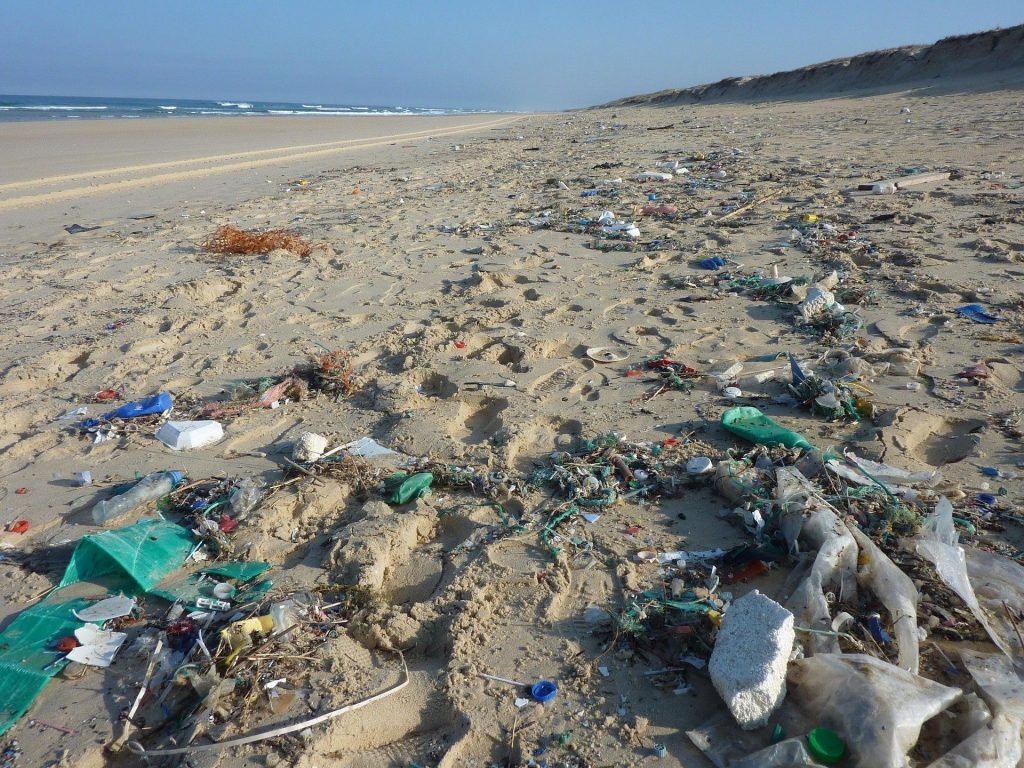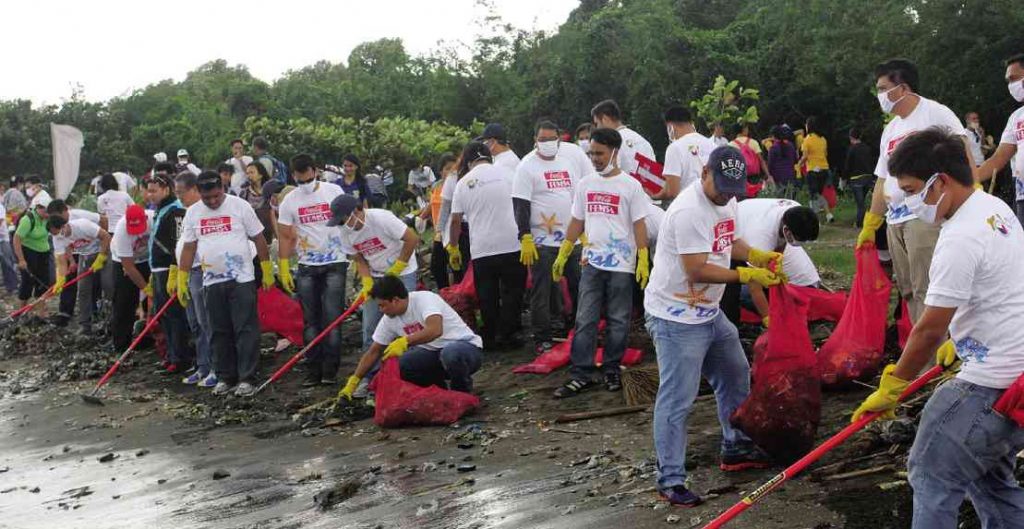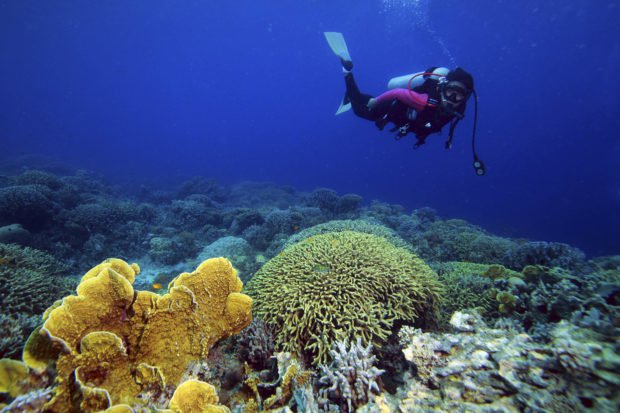Plant-based or grass-fed? Solar or coal? Recyclables or zero-waste? Oslob or Donsol?
If you instinctively chose a side to any of these pairs, congratulations. You are, to some extent, an environmentalist. Let that sink in as we frame environmentalism into a few economic concepts.
The economics of environmentalism
Economists are trained to process environmentalism as alternatives to endless alternatives. By translating the benefits and costs of certain actions—e.g. recyclables vs. zero-waste—into money terms, we are able to compare them objectively in a benefit-cost analysis. is method has guided policy-makers for years in choosing the best course of action: cost-efficiency.
From this, I’ve learned that going zero-waste is currently economically inefficient. There is always going to be an amount of waste produced for the activities we do to function as a society. It is too costly to ban, for example, carbon emissions overnight; no one would be able to go to work or eat rice the next day if that were to be pushed. The concept of an “optimal level of pollution” sounds like an evil capitalist plan to justify pollution, but based on sound microeconomic theory, it’s almost conventional knowledge since the ’70s. Besides, we mustn’t underestimate the earth’s ability to handle a little bit of pollution.

More importantly for economists, the point of protecting the environment is for people in the long run. A healthy environment is a prerequisite for healthy human lives. Balisacan, et al. in their book Sustainable Economic Development returns to this key concept in several themes.
That said, we really have every incentive to be environmentalists and that’s fantastic. I always tell my friends, “It’s the best kind of fad,” because it really is. Environmental problems exclude no one. It affects every gender, age, job, ethnicity, and, in extreme cases, every social class. I’d like to think that this issue could finally be the one thing that brings us all together, in spite of our differing choices in alternatives.
Local options for healthy oceans
If you aren’t on the environmental bandwagon yet and don’t know where to start, you’re in luck. There are so many environmental campaigns to choose from nowadays. Here are just two pairs of alternatives that address two Philippine marine issues.

September is International Coastal Clean Up (ICC) Month, when people from all over the world pick up trash along their local coasts. More than targeting the problem of solid waste (mis)management, the main breakthrough of this initiative is the simplicity of reminding people that the ocean still exists. It’s a great way to demonstrate that our actions on land affect the sea. In the Philippines, we have our own efforts; in fact, you can join one in Manila Bay this Sept. 16. However, keep in mind that a more long-term alternative is if the trash is disposed properly. I think the ICC is simply the best first step to that lasting solution.
A second pair of alternatives tackles the daunting multidimensional problem of climate change. This is the second year in a row that Philippine corals have been turning white from global warming and dying en masse. It is a phenomenon called “coral bleaching.” Very little is known of the impacts it could have on the ocean, but scientists say we could lose most of our corals by 2050. So a local initiative called the Philippine Coral Bleaching Watch asks the general public to help monitor the country’s corals. By submitting underwater photos, scientists and governments can identify critical areas to focus efforts on. The long-term alternative solution is reducing carbon emissions. But while that is still out of any single country’s hands, watching our corals closely and helping them recover is the next best thing we can do.

Now, do a quick benefit-cost analysis among these pairs. Which of these alternatives speaks to you? Recall that for all of them, the goal is healthy human life through a healthy sea. The fish that one billion people depend on for food are the same fish that can die from ingesting plastic, the same fish that will lose their homes from coral bleaching. So it’s not a multiple choice question really; the answer is all of the above. Choosing one or the other leads us to the same end.
Now imagine if we can get all hands on deck, every kind of person working on each level of alternatives, everyone watching out for each other. I can only hope that this fad eventually leads us to that end. Wouldn’t that be the day?
This story originally appeared in Northern Living, September 2017.











































